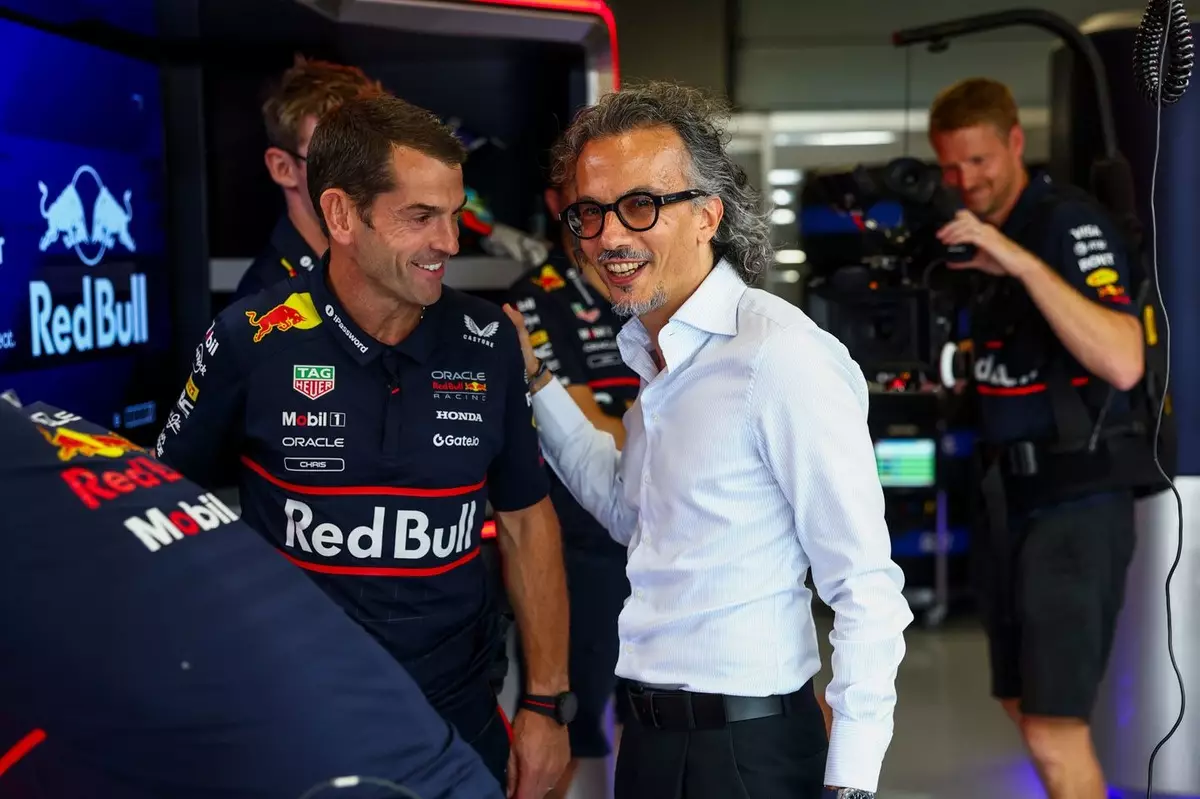The recent appointment of Laurent Mekies as the new team principal and CEO of Red Bull Racing signals a potentially transformative period for one of Formula 1’s most ambitious teams. This decision, arguably, marks more than just a change in leadership; it reflects a strategic recalibration aimed at regaining dominance and innovating beyond the constraints of traditional success. While the decision to replace Christian Horner—who built Red Bull from modest beginnings to a racing powerhouse—may appear audacious, it underscores the team’s desire to invigorate its leadership and redefine its future path. Red Bull appears to be betting on Mekies’ expansive experience and leadership qualities to elevate the team beyond current challenges.
The Significance of Leadership in F1’s High-Stakes Environment
Leadership in Formula 1 is not merely about technical acumen; it comprises strategic vision, team motivation, and the capacity to navigate complex regulatory and technical landscapes. Mekies, having worked alongside key figures like Permane and Horner, embodies these qualities. His background suggests a blend of technical expertise with empathetic leadership—traits essential for steering a team through turbulent times. The F1 ecosystem demands a leader who can maintain harmony within the team, foster innovation, and anticipate industry shifts, all while delivering results on the circuit. Red Bull’s commitment to appointing Mekies indicates their confidence in his ability to unify these elements and set a clear trajectory.
Transitioning Toward In-House Powertrain Development
One of the most ambitious undertakings under Mekies’ new leadership is the overhaul of Red Bull’s powertrain development. By bringing power unit production in-house with Red Bull Powertrains, the team aims for technological independence and competitive superiority, especially with the new regulations slated for 2026. This move—significantly expanding at the Milton Keynes campus—speaks to Red Bull’s long-term vision for engine supremacy. It’s a risky but potentially rewarding strategy, demanding immense technical innovation and organizational coordination. If successful, this transition could allow Red Bull to tailor engines precisely to their chassis and driving philosophy, giving them an edge over competitors still reliant on external suppliers.
Continuity Amidst Change: The Role of Existing Synergies
Despite the upheaval of leadership, Permane’s insights suggest a calculated effort to preserve continuity between Racing Bulls and Red Bull Racing. This is crucial because maintaining a technical and cultural link between the two squads enhances efficiency and innovation transferability. Permane’s familiarity with Mekies and the existing synergy between teams are positive indicators that the change in leadership won’t result in disjointed efforts but instead will foster a collaborative environment. Such cohesion is vital for technical development, especially with the upcoming regulations requiring tighter integration of powertrain and chassis teams.
Forecasting the Future: Challenges and Opportunities
While the strategic moves appear promising, they are not without considerable risks. Transition phases often bring unforeseen hurdles, especially in a sport as intensely competitive and technically demanding as F1. The team’s future success hinges on Mekies’ ability to adapt quickly, foster innovation, and manage internal dynamics carefully. Red Bull’s history of overcoming adversity and turning challenges into opportunities bodes well, but the path ahead remains fraught with potential pitfalls—particularly in maintaining the momentum against fierce rivals like Mercedes and Ferrari.
Although Mekies is new to the top helm, his proven leadership within Racing Bulls and his technical acumen provide a solid foundation. The real test will be translating that expertise into accelerated results on the track. Red Bull’s audacious move reflects a desire for sustained, long-term dominance—an ambition that, if executed with precision, could reshuffle the current order of F1 powerhouses and cement their legacy as pioneers of innovation and excellence.

